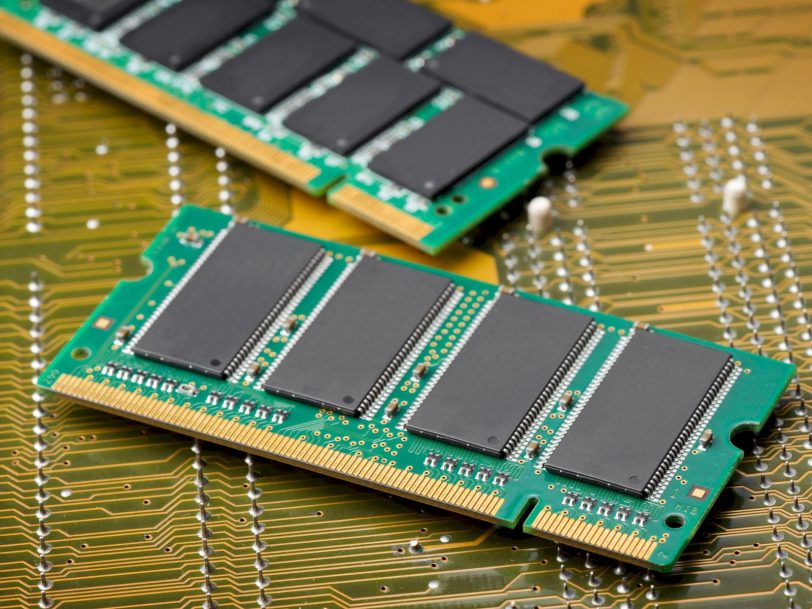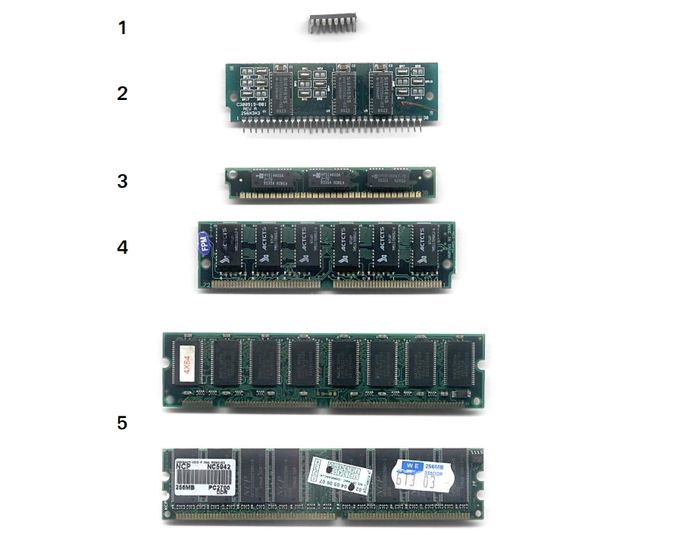What is DIMM memory?

Surely you’ve heard the term DIMM more than once, or used it for motherboards, RAM memory, etc. You may have read some of its properties. This format is important when expanding main memory or when purchasing modules for your PC configuration, as it determines whether it is compatible with the slot or slot on the motherboard.
For these reasons, you should know what DIMM is, when it is used, its types and available alternatives.
What is a DIMM?
RAM memory comes in module form, and the modules available are DIMM (Dual In-line Memory Module) type or two-line module. These modules come with two rows or side memory chips and are installed in a single slot. In addition, they include a groove on the connectors so that connections can only be made one way in accordance with pinout and polarity.
Before getting to the DIMMs:
- SIPP (Single In-line Pin Package): It was a simple package, with in-line memory chips and pins to plug into a socket on the motherboard.
- SIMM (Single In-line Memory Module): These were introduced to replace SIPPs and were popular from the early 1980s to the 1990s. Unlike DIMMs, they only use chips on one lane of the module, and unlike SIPPs, they use connection pads for the slot, not pins.
- RIMM (for Rambus): A two-sided format similar to SIMM, specially designed for cheaper and cheaper Rambus memory, which became popular in the 90s and disappeared with the advent of DDR technology.

1) DIP encapsulated memory chip. 2) SIPP type module. 3) 30 pin SIMM type module. 4) 72 pin SIMM module. 5) DIMM (168-pin) and DDR DIMM (184-pin) modules.
There were other memory initiatives, such as the invention of iRAM by Gigabyte. Memory that plugs into slots on a PCI card and is intended to act like a traditional hard drive, but much faster. The idea was to use this expansion board with DIMM slots to be able to install any conventional RAM module that acts as ultra-fast secondary storage. Despite this, this development did not receive the expected response and eventually left its place to SSDs.
DIMM Types
Within DIMM type modules we find variations in the number of pins depending on the DDR SDRAM memory they are installed. The corresponding number of DIMMs for each of these types:
- 168-pin DIMM for SDR-SDRAM
- 184-pin DIMM for DDR SDRAM
- 240-pin DIMM for DDR2-SDRAM as well as DDR3
- 288-pin DIMM for DDR4 and DDR5 SDRAM
The DIMM notch is also located at a different point on the edge of the contacts in each of these types. These modules also have notches on the sides for anchoring the baseplate to hold the modules in place.
What are SO-DIMMs, what are the differences?
A different, smaller DIMM module has been developed for notebook computers. It is known as SO-DIMM (Small Outline DIMM). These modules hide some differences compared to their older brothers and go beyond the dimensions as they are shorter. They also sit parallel to the motherboard as there isn’t as much room to sit upright as DIMMs.
The purposes for creating SO-DIMM are summarized in four main points:
- Reduces the size of the module so that the slot does not require the surface area of the motherboard in laptops.
- Lower power consumption to keep batteries charged longer.
- Reduces the number of connectors through which heat is also transmitted.
- Cleans the way air circulates in the cooling system of this equipment.
- Possibility to solder the memory to the motherboard.
The biggest problem of LPDDR memories
LPDDR memories, ie low-power versions of ultra-compact mobile and portable devices, are often soldered to the motherboard. Something everyone wants to avoid at all costs when buying a laptop, because there are modular alternatives to be able to replace the RAM in case it fails or expand the memory if necessary.
However, welded ones cannot be expanded and cannot be replaced if damaged. They can be removed and replaced with another functional part in a specialist workshop. But sometimes this can be more expensive and detrimental to the rest of the PCB elements as they are exposed to high temperatures to remove unused chips and solder new ones Only some hardware models allow you to expand the memory with an additional SO-DIMM slot, but it is still possible to easily replace the onboard is not.